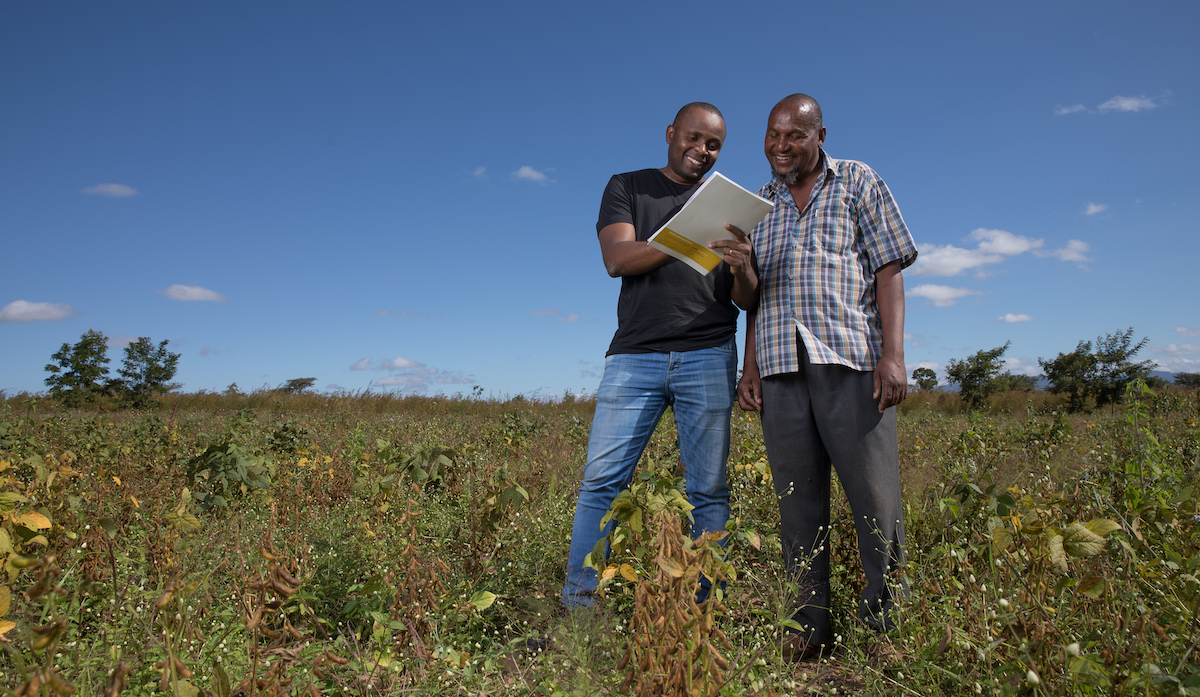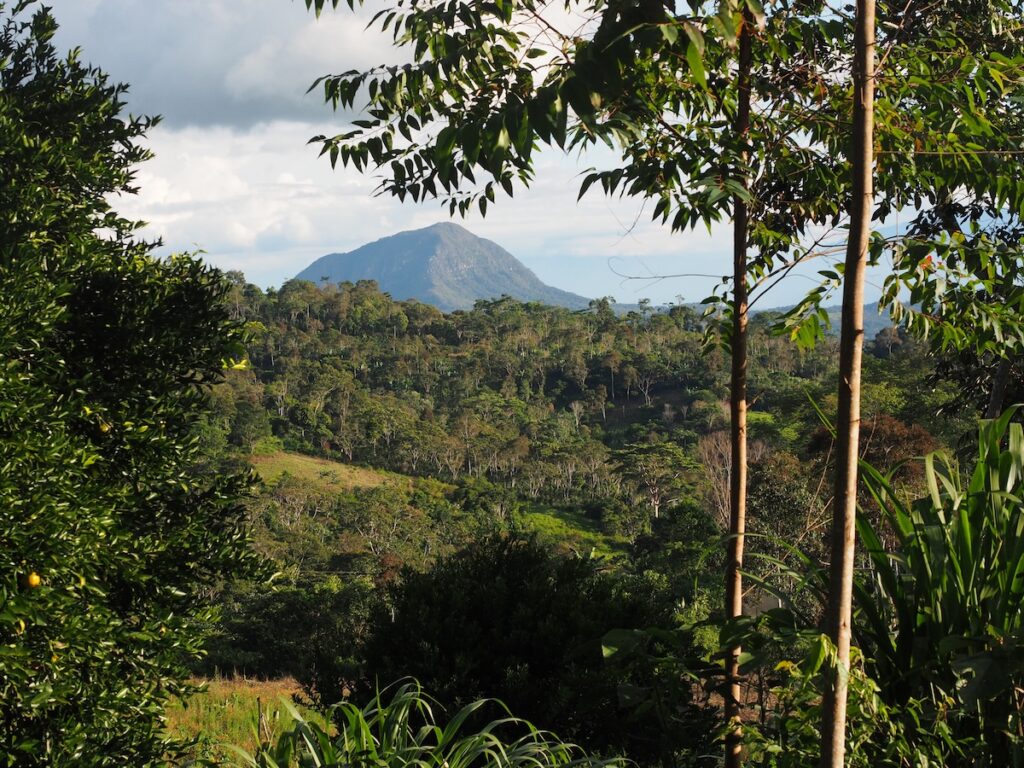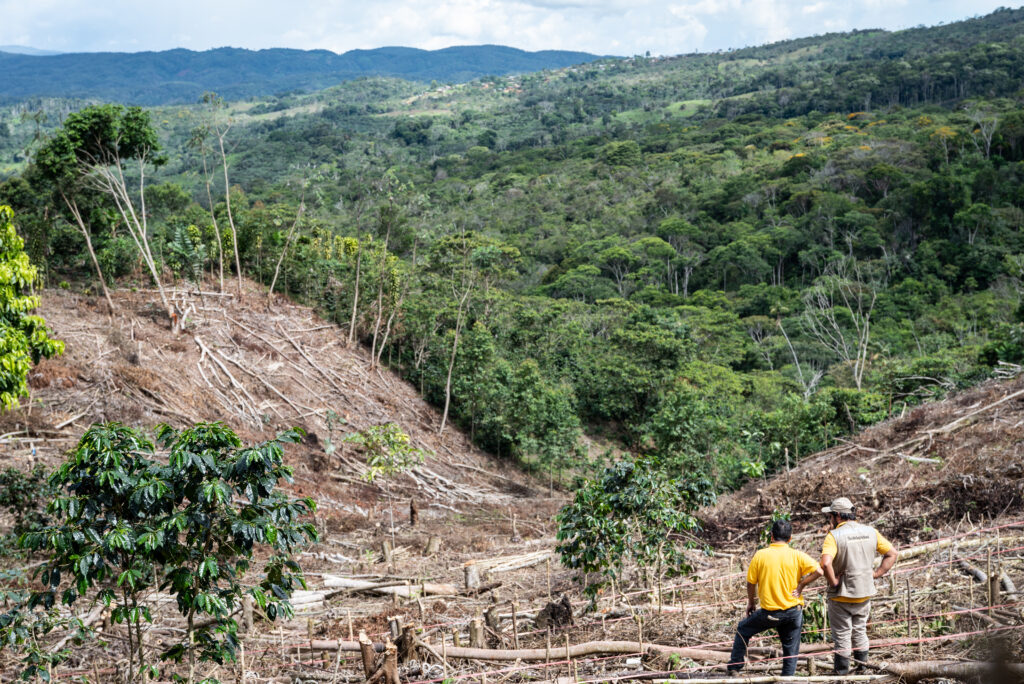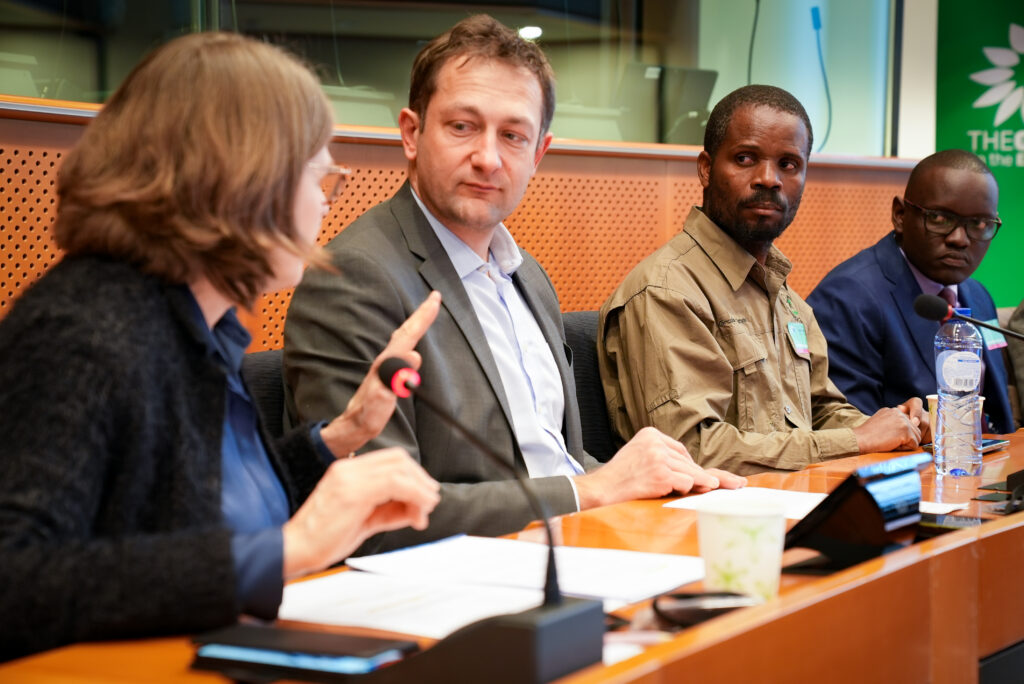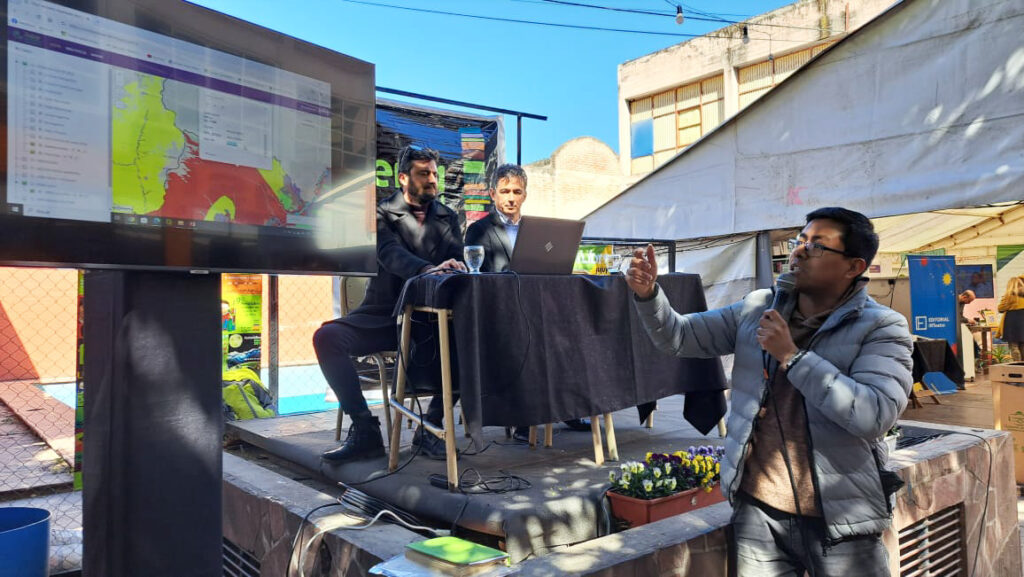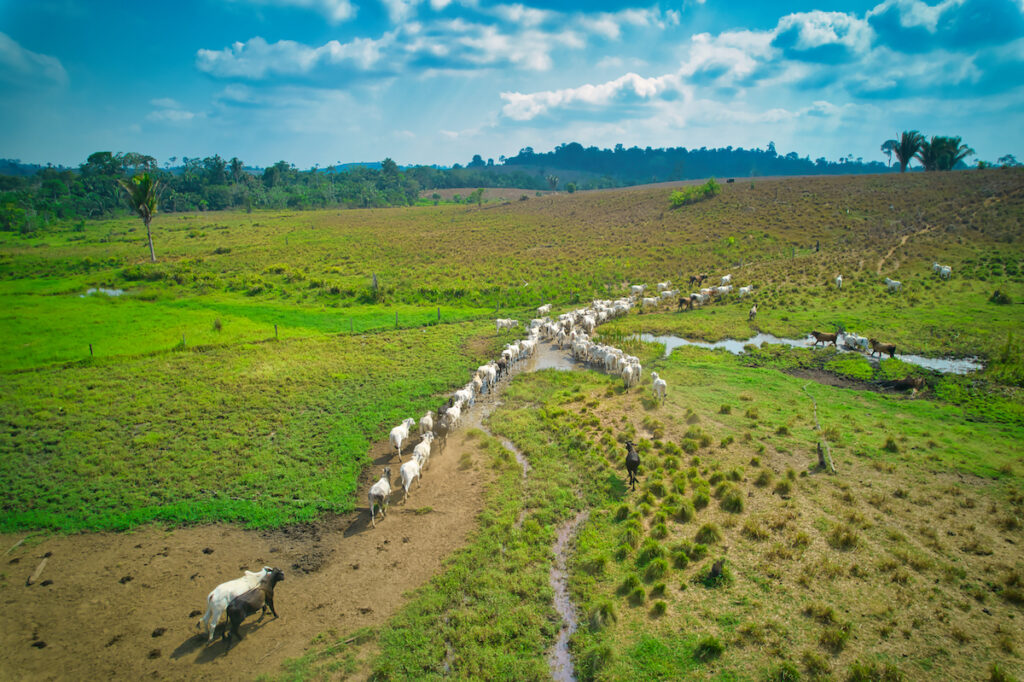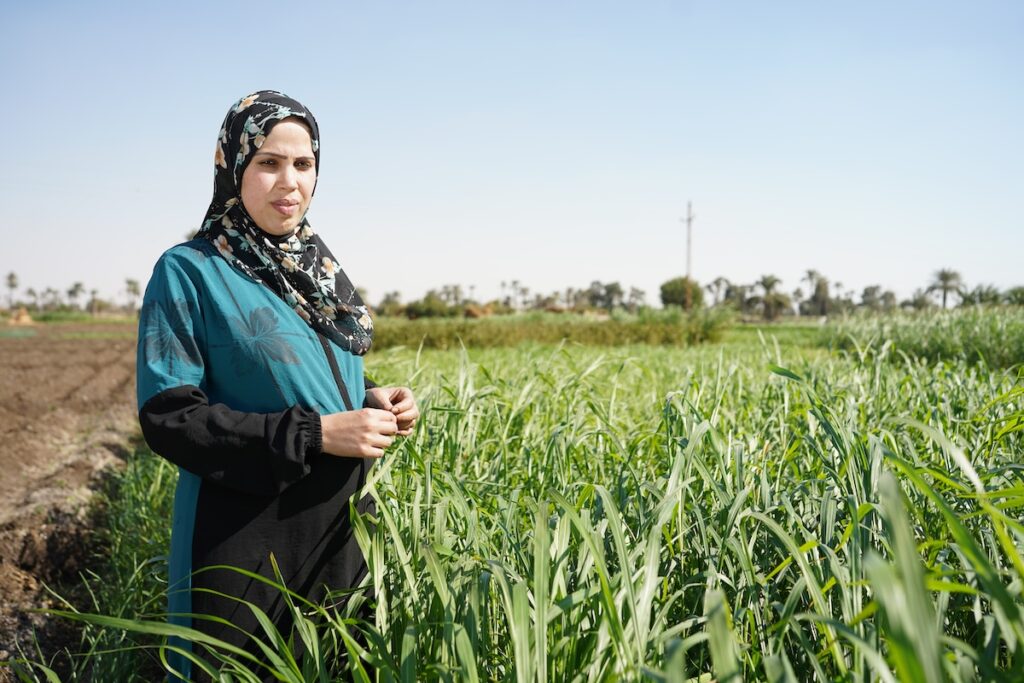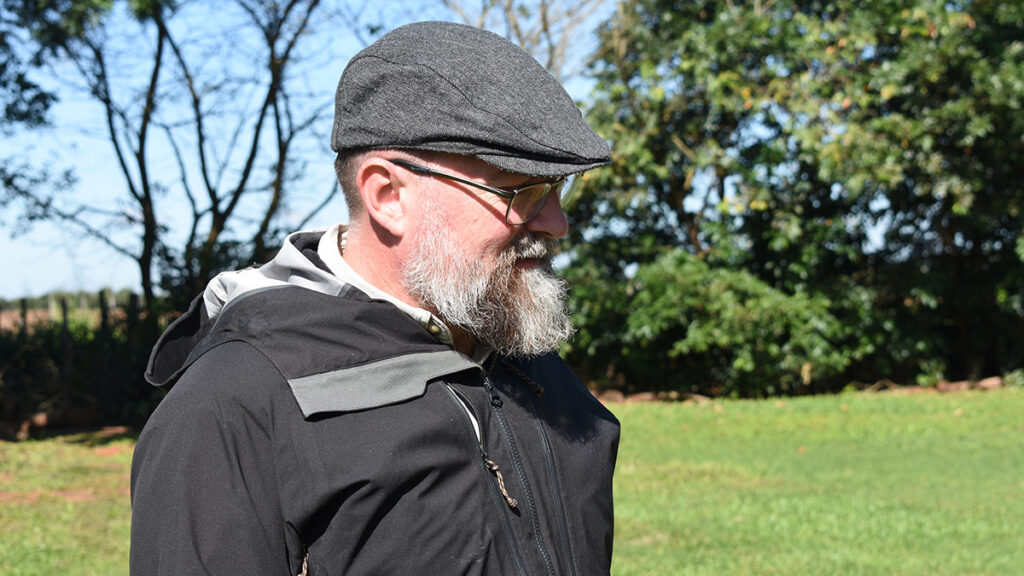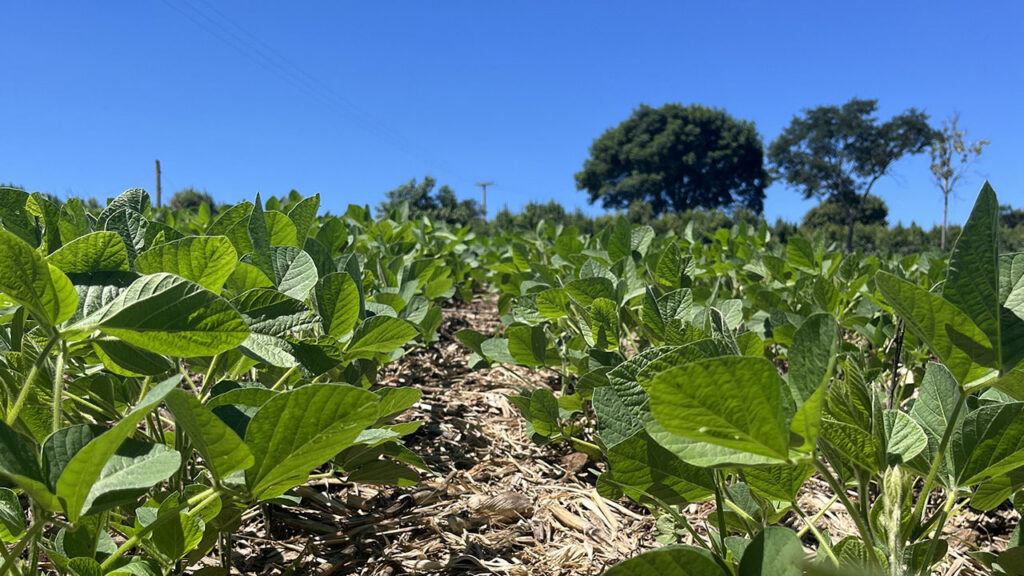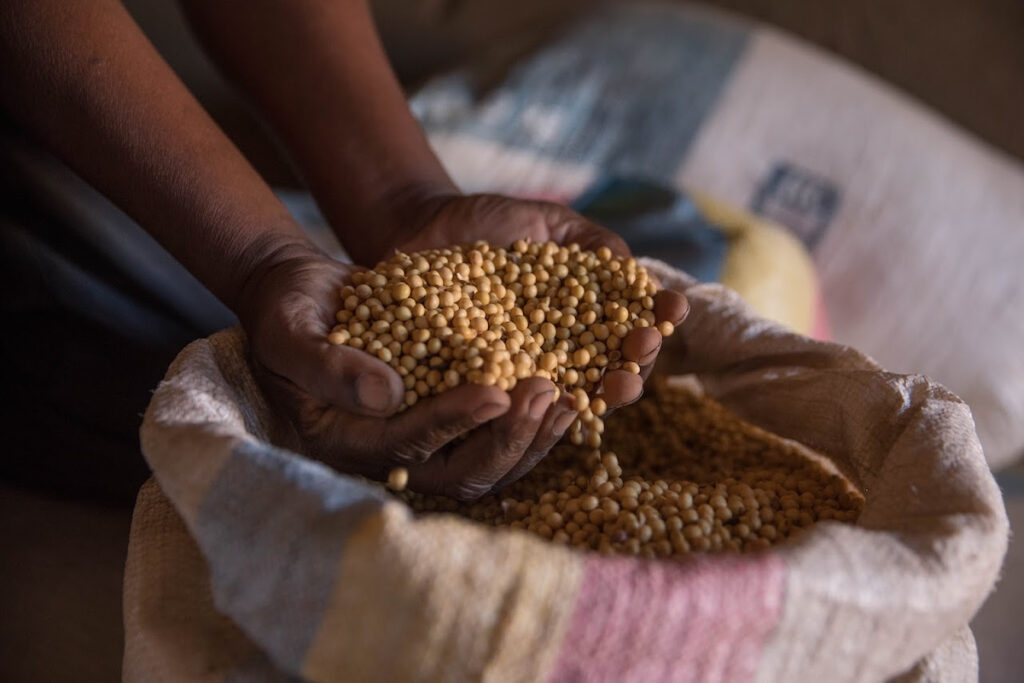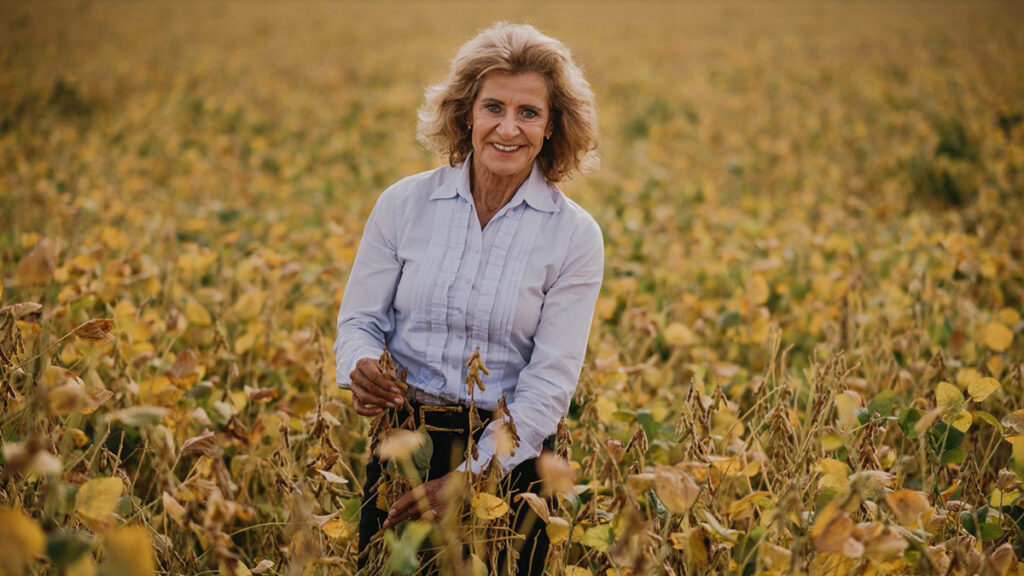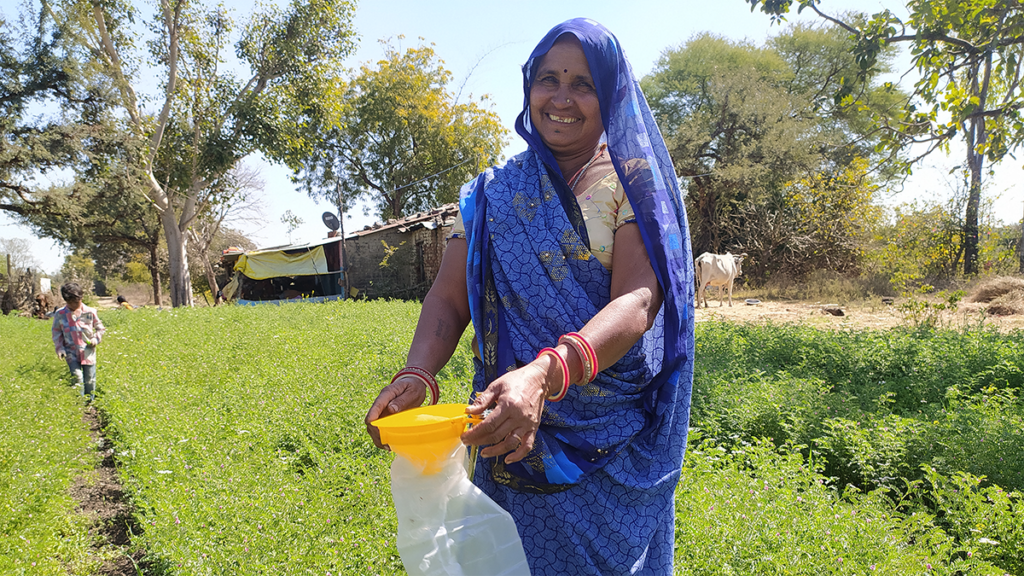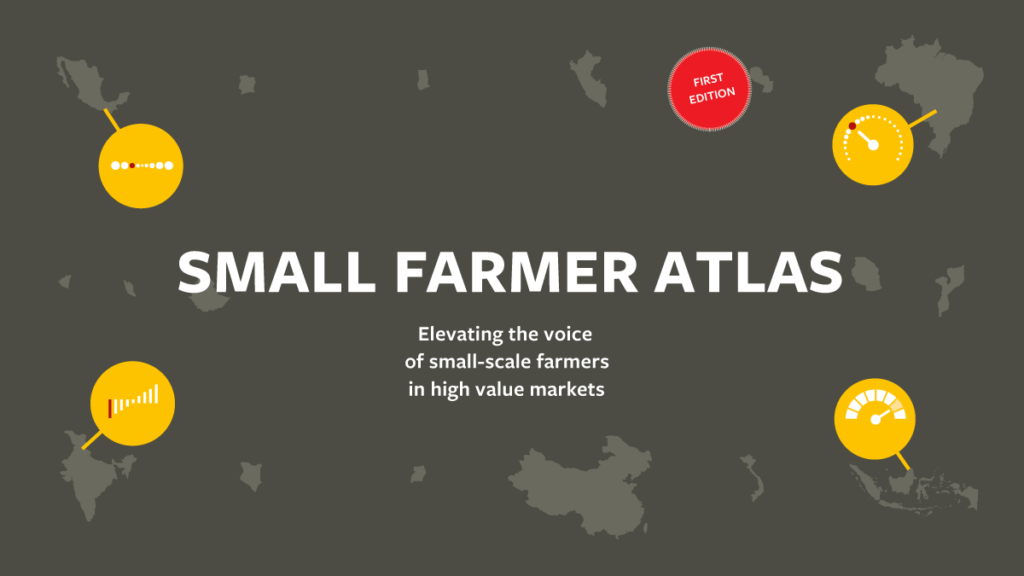Soy production in Mozambique is increasing rapidly due to the demand from poultry millers and soybean-based products such as soymilk, soy flour and soy protein, however, farmers often lack access to the inputs and knowledge on sustainable production practices necessary to improve productivity and become significant participants in the soy value chain. In light of all this, Solidaridad in partnership with Grow Africa/ IDH has set up a programme across Angonia and Gurue Districts in Mozambique, aimed at increasing the soy volumes produced by small holder farmers across those catchment areas. This helps substitute part of the soy currently imported for animal feed and human consumption by strengthening the local supply chain through engagement with smallholder farmers for improved social and economic development.
The program included training on a number of topics, include:
- Finance literacy
- Business skills
- Seed multiplication
- Sustainable soy production
- Sustainable use of pesticides
Together, these modules provided farmers with the necessary skills to sustainably produce with high returns per money invested across impacted communities in the districts of Angónia and Gurue.
The pathway to success
Project interventions were built on the success of the lead farmer model. The project employs the concept of lead farmers in all trainings. Farmers were selected by the community with the support of leaders of farmer organizations and partners (IITA, FAO, SDAE and WFP). They participated in specific trainings, and expected to share new insights with other farmers and group members. Each lead farmer had a demonstration plot and mentors an average of 40 other farmers. Lead farmers received inputs and additional support for land preparation/weeding control, as part of their compensation.
Each one of the lead farmers is equipped with a bicycle and an android cellular phone enabling them to keep records of their farming activities. The lead farmers are also responsible for the demo plots that are used to teach, experiment, and share ideas about agricultural practices. All the outputs of the demo plot are used by the lead farmer.
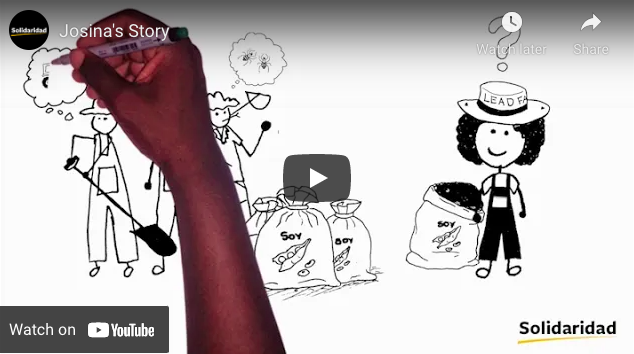
How investing in gender equality impacts communities: Josina’s Story
To date, a total of 679 lead farmers have been cumulatively trained across the catchment areas of Gurue and Angonia. Two-hundred and eighty-six were farmers from Gurue with 20% representing female farmers. Comparably, the remaining 393 trained lead farmers were from Angonia of which 33% were females. And finally, youth participation accounted for 21% of the lead farmers trained. However, it is important to note the slight increase on the figures reported during the training period that emanated from the training conducted per the farmers request/need beyond the stipulated reporting period for the exercise in reference.
Farmers can now employ the knowledge from the trainings coupled with existing experience or backgrounds that they have as well as maximization of resources and making use of the available business opportunities to generate supplementary income.

